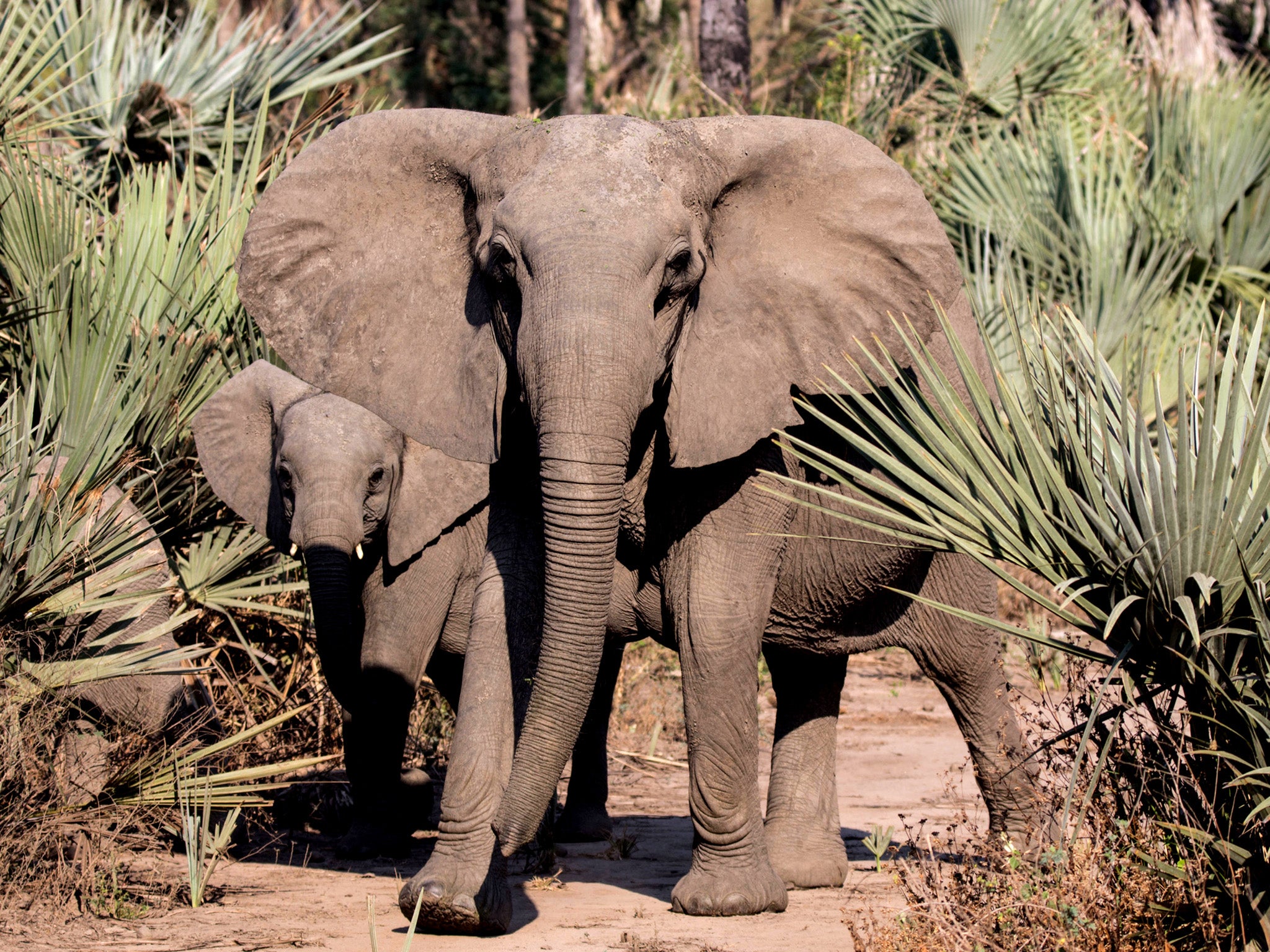Ivory poaching triggers evolution of tuskless elephants
Killing for ivory caused selection of tuskless females

Your support helps us to tell the story
From reproductive rights to climate change to Big Tech, The Independent is on the ground when the story is developing. Whether it's investigating the financials of Elon Musk's pro-Trump PAC or producing our latest documentary, 'The A Word', which shines a light on the American women fighting for reproductive rights, we know how important it is to parse out the facts from the messaging.
At such a critical moment in US history, we need reporters on the ground. Your donation allows us to keep sending journalists to speak to both sides of the story.
The Independent is trusted by Americans across the entire political spectrum. And unlike many other quality news outlets, we choose not to lock Americans out of our reporting and analysis with paywalls. We believe quality journalism should be available to everyone, paid for by those who can afford it.
Your support makes all the difference.Decades of heavy poaching led to the evolution of tuskless elephants in a part of Africa , scientists have found.
Tusklessness became more common in the female elephants of Mozambique's Gorongosa National Park after rampant ivory poaching during the country's 15-year civil war.
A small proportion of females have always been born without tusks but experts in Gorongosa began to notice the condition more after the end of the war in 1992, when 90 per cent of the park's elephant population had been wiped out.
Researchers found that more than 50 per cent of female elephants born in Gorongosa between the start of the war and the year 2000 were born tuskless, a threefold increase.
This period saw the elephant population plummet from roughly 2,000 to around 250, said Ryan Long, an associate professor of wildlife sciences at the University of Idaho and one of the researchers.
“During the war, Gorongosa was essentially the geographic centre of the conflict,” Mr Long told CNN. “As a result there were large numbers of soldiers in the area and a lot of associated motivation ... to kill elephants and sell the ivory to purchase arms and ammunition. The resulting level of poaching was very intense.”
Mr Long said the effect of the war on Gorongosa’s elephant was a rare example of rapid evolution. Tusklessness was found to have dropped again to 33 per cent among the next generation.
“Evolution is simply a change in heritable characteristics within a population over successive generations, and based on the results of our study, the shift toward tusklessness among female elephants at Gorongosa fits this definition perfectly,” he said.
“The fact that it occurred so rapidly is rare indeed, and is a direct function of the strength of selection,” he said. “In other words, it happened so quickly because tuskless females had a much higher probability of surviving the war, and thus a much greater potential for passing their genes on to the next generation.”
The research provided scientists with a better understanding of why tusklessness affects females but not males: it is genetically lethal.
Mr Long said that tusklessness was associated with a genetic variation of the X-chromosome. Tuskless females have one X-chromosome with the information to develop tusks and one without.
“When a tuskless female conceives a male offspring, that male has a 50/50 shot of receiving the affected X-chromosome from its mother. If it receives the 'normal' chromosome then it will survive and be born with the necessary genetic information to produce tusks,” he said.
However, a male that receives the chromosome with the tuskless variant will die in the womb. The researchers said they still did not fully understand the exact characteristics of the genetic variant.
Mr Long said the Gorongosa population was doing well, having recovered to around 800. “They've clearly adapted to life without tusks but there's a lot we don't know,” he said.
Join our commenting forum
Join thought-provoking conversations, follow other Independent readers and see their replies
Comments